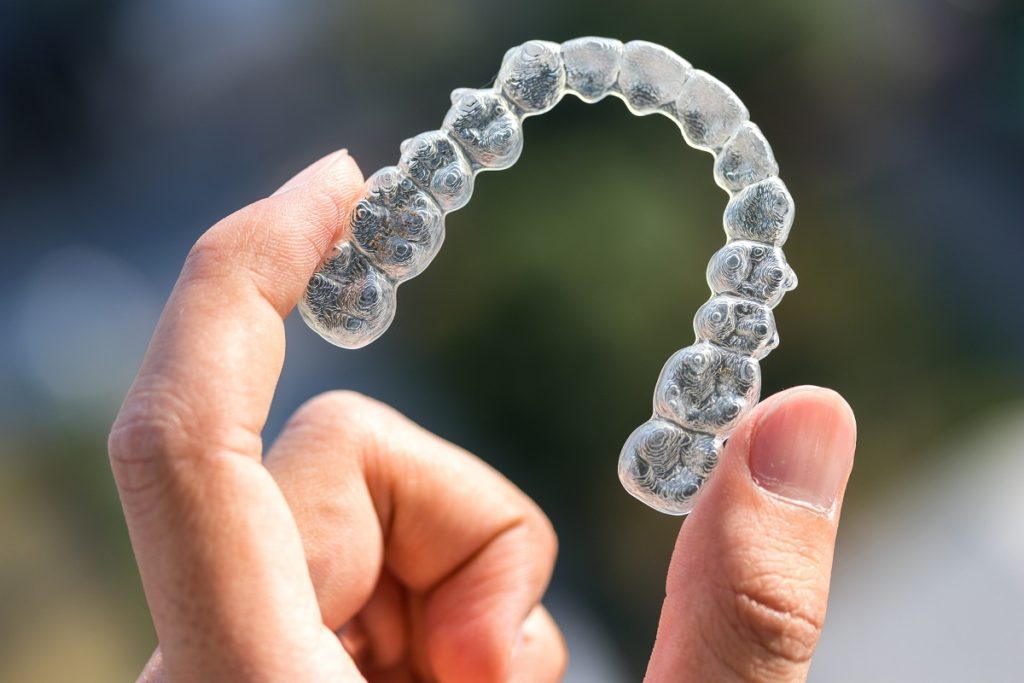Unlike experiences in past decades, using braces to straighten teeth has become more convenient and comfortable. Devices are now varied and can accommodate an extraordinary number of wishes and demands. They are also much more efficient meaning that individuals needing to use them to straighten their teeth or reposition their jaws, can do so in shorter time frames than they may have been previously offered years ago.
So for teenagers looking towards their next few years where they will be wearing a teeth straightening device or for adults who have put off their journey for many years, there has never been a better time than the present to embark on creating healthier and confident smiles.
Do they hurt?
 This is one of the first questions that is presented to a professional by their patient and it is understandable why. Teeth straightening devices can be uncomfortable at times, especially at the time when they have been tightened or when a new aligner is put in, however they should not hurt excessively .
This is one of the first questions that is presented to a professional by their patient and it is understandable why. Teeth straightening devices can be uncomfortable at times, especially at the time when they have been tightened or when a new aligner is put in, however they should not hurt excessively .
Traditional devices, which consist of brackets attached to teeth and wires connecting each of these brackets, can present with more complications than more modern devices. However, they are still very popular today, because of the level of control that a dentist has on manipulating the position of teeth. This is often critical for the movement of teeth in complex situations and may be the only option for some individuals.
However, the wires can cut into a patient’s cheeks or gums and cause discomfort. Using wax on the sharp ends and popping in to see their local dentist to reposition the wires can help. This is a common complaint, but in ideal situations should not be experienced. By working with their dentist and explaining and showing the site, dentists will hopefully be able to correct this, to avoid this unintentional discomfort.
Generally, most discomfort comes from the slight ache that means that teeth are being pulled or pushed into their correct alignment. It is usually most severe in the first few days after a realignment has occurred and often mellows out in the coming weeks.
Some devices, like the 6 Month Smiles system, are more gradual in the way they work and many become used to the pressure they experience and have no complaints at all.
How long does it take on average?
This really depends on a patient’s personal situation. The average time frame is usually just over a year, but can last longer than 2 years for some people and even just a few weeks for others. Some devices brand themselves on the speed in which they work, such as the aforementioned 6 Month Smiles device.
Invisalign wearers generally wear their aligners for 12-18 months and traditional braces are commonly worn for between one year to a couple of years.
With regard to removable aligners, people need to be aware that they will be expected to wear a retainer once their treatment has finished. This holds the teeth in place so that they can relax into their new position and not spring back into their incorrect alignment.

